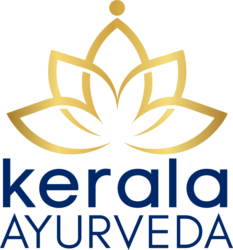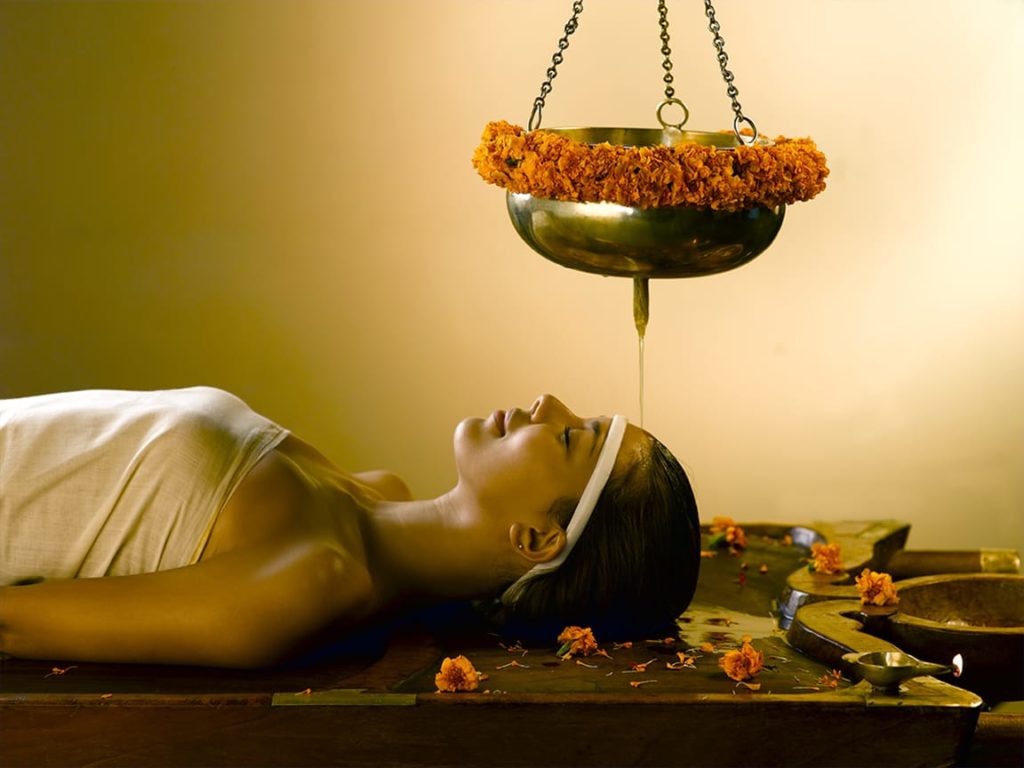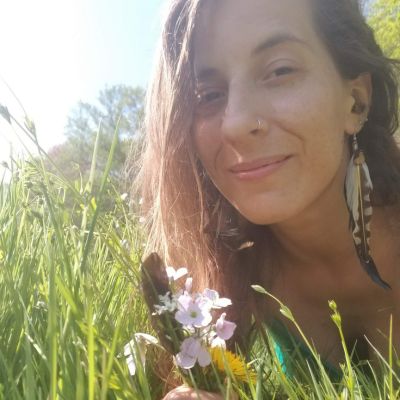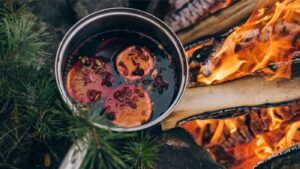Ayurveda, the ancient “science of life,” is one of the oldest documented forms of health care in the world. It is a holistic science that places emphasis on prevention in health through maintaining the harmony of body, mind, and spirit. Ayurveda’s healing interventions include diet, lifestyle guidelines, herbal remedies, Yoga, and meditation as well as various therapies including Panchakarma cleanse.
A holistic definition of “health” based on balance
To understand how Panchakarma works, it is important to learn some Ayurveda basics. Ayurveda defines health as the state where every aspect of your being is working properly and in harmony with all its other aspects.
Balance in the mind-body system requires:
- A balanced digestive fire (Agni)
- Equilibrium of the three Doshas (Vata, Pitta, and Kapha) according to the individual’s constitution
- Normal production and elimination of waste products (Malas)
- Mind, senses, and consciousness working together in harmony
The primary goal of Ayurveda is “to preserve the health of the healthy,” or to maintain balance. When harmony exists, disease cannot enter the system.
The disease process begins when the balance in the primary functional systems is disturbed
Any aggravation of the Doshas affects the digestive fire and produces toxins or Ama. Ama is produced because of poor digestion of food, improper food combinations/choices, poor drinking water, pollution, pesticides in food, emotional and physical stress, or trauma. As these toxins accumulate, they spread throughout the body and eventually deposit themselves into the deeper tissues, organs, or channels, creating dysfunction and disease.
Detoxification in Ayurveda refers to the loosening and elimination of toxins in the body. Removing Ama is the first step of the healing process, though Ayurveda also recognizes the importance of rejuvenating the systems and bringing them back into balance.
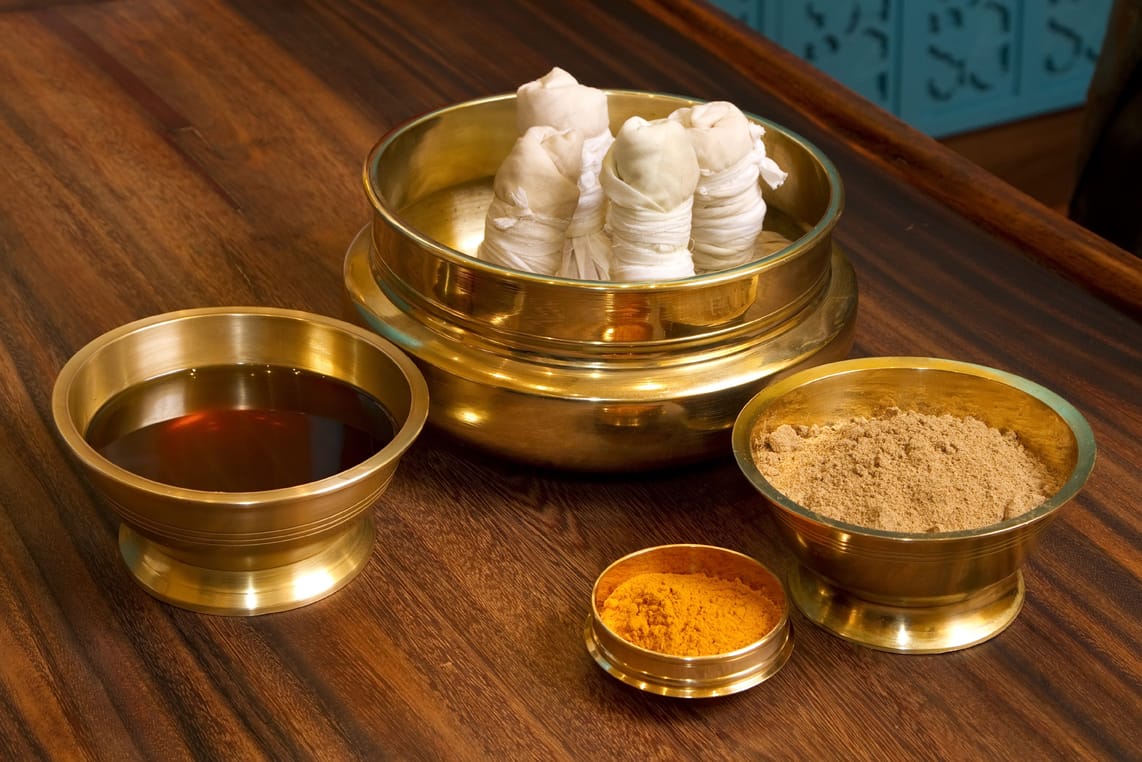
Personalization, detoxification, and rejuvenation
Panch means “five” and karma means “action.” Panchakarma consists of five therapeutic actions designed to remove Ama safely and effectively from the body without damaging or weakening the system. The goal of a Panchakarma cleanse is not only to remove physical toxins but truly restore the mind-body system back to a healthy state of balance on all levels.
Panchakarma is unique in that it is tailored to meet your needs. Before Panchakarma, a skilled Ayurvedic clinician must assess imbalances, body constitution, the current state of Doshas, as well as the involvement of tissues, channels, and organs.
The clinician then designs a personalized Panchakarma cleanse plan. This comprehensive process involves diet, nutrition, herbal formulations and supplements, bodywork therapies, and lifestyle guidelines. The bodywork therapies performed by a Panchakarma technician include customized herbs and oils to loosen toxins from the deep tissues. The loosened toxins can then be removed through the body’s natural channels of elimination.
The three phases of Panchakarma cleanse
Panchakarma programs can be as short as a week and as long as a month, or even longer. During this time, the client is advised to minimize stress, put aside as many of the regular daily preoccupations as possible, and adopt a more Sattvic lifestyle. Surrounding oneself with a pleasant environment, reducing sensory input, and avoiding experiences that provoke strong emotions are conducive to the healing process. Meditation, Yoga asana, and breathwork are also advised. Regulating the environment and daily practices help to deepen the detoxification process.
Diet during and after the program is also a key element. Heavy food interferes with the cleansing process, so it is advised to eat small amounts of khichadi or kitchari. Khichadi is a nourishing and cleansing porridge made with mung beans, basmati rice, spices, and clarified butter (ghee). It provides the body with enough nutrition to keep it strong, as well as keeps the digestive fire kindled throughout the process.
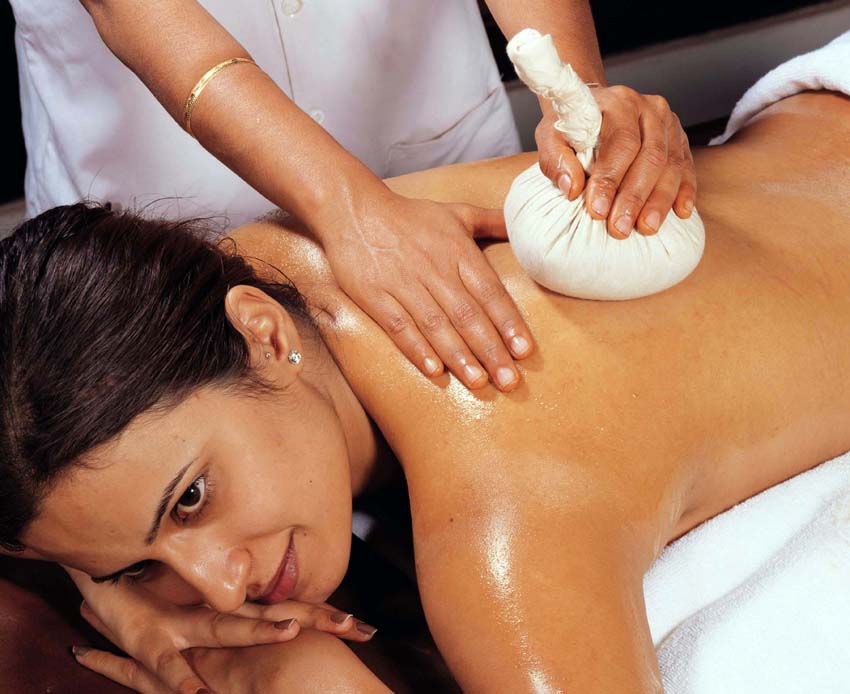
Preliminary therapies: Purvakarma to loosen and remove toxins
Purvakarma therapies serve to prepare the body by removing stored Ama from the tissues. Snehana (oleation) is the first step of Purvakarma and consists of saturating the body with herbal or medicated oils. Internal oleation takes place by ingesting ghee or medicated oil. External oleation through Abhyanga (or Bahya Snehana) consists of vigorous massage over the whole body with herbalized oils. The choice of oils depends on the needs and Doshic imbalance of the individual. Oleation helps loosen Ama and move it from the deeper tissues into the GI tract, where Panchakarma’s main therapies can eliminate it.
Swedana (sweating) is performed once the oleation is complete. Ama can then be more easily removed as the Swedana dilates the channels. There are several Swedana treatments that can also be used as adjunct therapies during a Panchakarma cleanse, but the two most used are Nadi Swedana and Bashpa Swedana.
Nadi Swedana is a localized application of steam with herbal decoctions and oils. It usually focuses on specific areas of the body, such as sore joints or muscles, to improve mobility and reduce pain.
Bashpa Swedana applies steam evenly to the whole body (except for the head) with the use of a sweat box. This method is used to further detoxify the body after Abhyanga. Herbal plasters and poultices or Lepa help draw toxins out of the pores of the skin.
Lastly, Purvakarma may include Shirodhara. Ayurveda teaches that steep relaxation provides an environment where deeply rooted imbalances can be overcome and the harmony and functional integrity of the Doshas can be restored. Shirodhara is a subtle and profound treatment that consists of pouring warm oil in a slow, steady stream on the forehead. It pacifies Vata Dosha, calms the central nervous system, promotes relaxation and tranquility, and improves mental clarity and comprehension.
The basic idea behind the function of Purvakarma therapies can be understood with the following analogy. Suppose you oil a bowl thoroughly and then pour honey into it. The honey cannot stick to the bowl because the slippery quality of the oil does not allow it to do so. Due to the oiling, the honey can now be poured out of the bowl much more easily than if the bowl hadn’t been oiled at all. Ama has the same sticky quality as honey, so it moves easily after the body has been thoroughly oiled and relaxed with Purvakarma therapies.
The main process of Panchakarma: the elimination of toxins
After Snehana, Swedana and Shirodhara are complete, Ama has moved into the GI tract and can be eliminated with the main Panchakarma therapies: Vamana, Nasya, Virechan, Raktamokshana, and Basti. Each of these therapies promotes the removal of Ama through the normal channels of elimination, either moving it upward, downward, or through the periphery (skin). The Ayurvedic clinician will assess the imbalances and decide on the appropriate therapies, depending on which Doshas, tissues, and organs are involved and where the Ama is lodged in the body.
Vamana (therapeutic emesis) and Nasya (nasal administration of medicated oils and herbal preparations) usually relate to Kapha Dosha. Virechan (therapeutic purgation) relates to Pitta Dosha and Basti (therapeutic herbal enema) to Vata Dosha. So, in the case of a person with a Kapha imbalance, or excess Ama in a Kapha site, the Vamana and Nasya therapies would be used to remove the excess Kapha.
Vamana and Nasya
Vamana should not be associated with nausea and sickness. The preparation for Vamana with the use of natural ingredients and herbs makes it a smooth and painless process. Vamana can help with serious Kapha conditions, such as lung problems and metabolic imbalances. Nasya removes Ama from the nasal passages, ears, and eyes, and cleanses and opens the channels of the head, improving oxygenation of the brain.
Virechan
Virechan is a natural, herb-induced purging process that cleanses the small intestine and Pitta-related organs (such as the liver and gall bladder), and removes Ama and excess Pitta from the body, balancing all metabolic functions.
Basti
Basti is the most powerful of all five karmas. It consists of introducing medicated oily substances into the colon so they can be absorbed by the whole body. The goal of Basit is the purification and rejuvenation of the colon, as the colon is linked to all the other organs and tissues of the body. The colon is an important organ for the absorption of nutrients and the elimination of waste. It is the seat of Vata Dosha, which is the mover of the other Doshas and thus of all physiological activity. Since Basti Karma balances and nurtures Vata Dosha, it has a wide-ranging influence on the body affecting all the Doshas, channels, and tissues.
Common enemas and colonics can help cleanse the colon, but these procedures do not nourish the tissues. Enemas are temporary and localized and may weaken the mucous membrane, dry the colon, and further disrupt the eliminative function of Vata. Using Basti Karma in conjunction with Purvakarma therapies helps nourish all tissues and removes Ama from the whole body.
Paschatkarma: post-Panchakarma cleanse procedures to restore the mind and body
The procedures that follow the main therapies of Panchakarma, called Paschatkarma, are aimed at assisting the body in the re-establishment of a healthy metabolic system and immunity. If these post-Panchakarma cleanse procedures are neglected, digestion may not normalize, and the production of Ama will continue. The mind-body is in a sensitive, vulnerable state after detoxification. Ayurveda recommends a slow and gradual return to regular activities along with a personalized diet, herbal formulations, and lifestyle recommendations.
Rasayanas, or herbal preparations with specific rejuvenating effects on the body and mind may be recommended during this phase. Rasayanas increase vitality and energy, nourish, and rejuvenate the entire organism, and thus are an important part of the Paschatkarma procedures.
